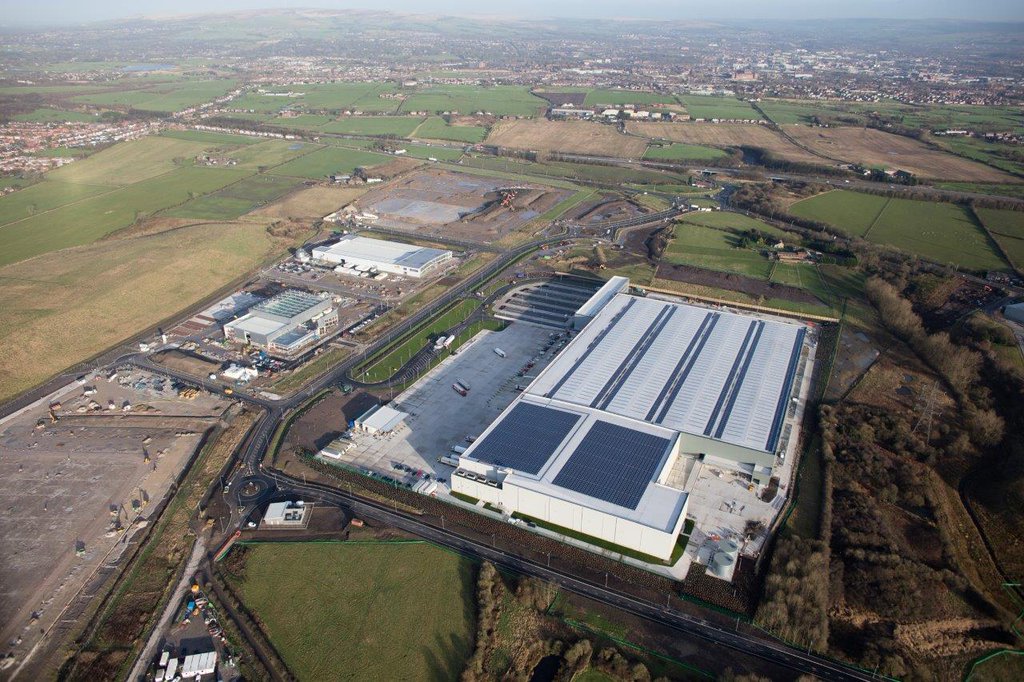Ongoing supply chain challenges are continuing to impact the construction sector and are even influencing decision-making and design on projects.
As industry commentators say material shortages are creating a ‘crisis’, some contractors are identifying new or alternative material types to keep pace, especially within the shed market.
The problems stem from global industry closures throughout the pandemic and have been further exacerbated by ongoing shortages of HGV drivers across the UK. Post-Brexit import changes are also adding to the challenges, impacting the flow of materials brought in from abroad.
Materials shortages of metal cladding and roofing, in particular, have reached ‘crisis point’, industry commentators say.
It follows warnings that material shortages could hamper the drive to remove and replace cladding deemed unsafe or unfit for purpose on residential high-rise buildings – aluminium composite cladding (ACM), as used on Grenfell Tower. Construction leaders say that while these shortages continue, the government’s deadline to complete these remedial works by the end of this year is unlikely to be met.
Some contractors have been told supplies of metals to fulfil new orders are unlikely to be ready for sites until next year. And as a knock-on effect, contractors are reporting turning down tender opportunities, fearing material shortages and ongoing price rises will hamper their ability to deliver projects on-time or on-budget.
While the supply chain challenges are not unique to the construction sector – food retailers have been warning of bare shelves or price hikes due to a significant driver shortage – material shortages are having very particular impacts on certain markets.
Material shortage of frames and cladding threatens shed construction lead times
For the shed market, reliance on specific materials for frames and cladding is threatening project lead times and even delivery altogether. These single-storey steel structures make up the majority of the steel sector’s output and should – in pre-pandemic times, at least – be relatively straightforward to construct in terms of cost, quality and performance.
Often subject to adverse weather or temperature conditions or requiring variable loading capacity, the shed market requires careful attention to detail to determine frame type and materials required. Scarce availability of materials for both frames and cladding is now having an impact.
However, resourceful and experienced contractors are instead looking to alternative material types to resolve issues caused by the construction materials shortage.
The use of mill-finish aluminium, freely available and able to be powder coated and fabricated to a high standard, is on the rise, to make up the industry-wide shortfall of pre-coated aluminium cladding.
Planning ahead and early involvement of sub-contractors and key suppliers as early as possible, and factoring in the likes of ‘inflation clauses’ to allow for price rises, is now more vital than ever. Experienced, expert contractors, with a sound understanding of material types – their finishes, requirements and availability – are finding ways to adapt projects, without compromising on quality or safety.
Working collaboratively and understanding both the challenges and alternatives will be essential to navigating and mitigating these ongoing global material shortages and supply chain challenges.

